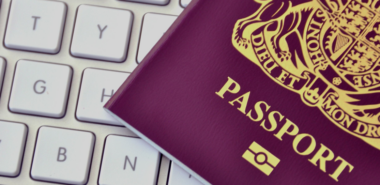Remember a few weeks ago when I applauded Visa for announcing plans to accelerate the migration to EMV chip technology and the adoption of mobile payments? Since then, I have been struck by a few stories in the news that really drive home what this migration will mean for the United States.
First, this story about how US Attorney Jenny Durkan fell victim to a form of skimming, allowing criminals access to her debit card information and to steal from her bank account.
For those unfamiliar with skimming, this is what happens when an ATM is fitted with a credit card reader (the skimmer) and a hidden camera is mounted to film users as they enter their PIN. The skimmer fits right over the ATM card reader, making it hard for consumers to spot. Once the criminals have your account information and PIN, they can easily copy the information on a magnetic stripe card and use it as their own.
Durkan, the chief law enforcement officer for western Washington and chair of the Justice Department’s Cybercrime subcommittee, definitely has a lot of knowledge about identity theft and bank crimes: the criminals are sophisticated enough to trick even very informed people.
They are so good, in fact, that skimming costs banks in the US as much as 1 billion dollars in losses every year.
The introduction of EMV is good for the United States and will help remedy this situation. Skimming an EMV chip card is very difficult. Industry association the Smart Card Alliance says: “Unlike a magnetic stripe card, it is virtually impossible to create a counterfeit EMV card that can be used to conduct an EMV payment transaction successfully.”
The second interesting story came out of the Ukraine, where four individuals were arrested for creating fake payment cards with stolen information. The operation was targeted at US cardholders and caused $20 million dollars in damages. The US Embassy in the Ukraine said: “Cybercrimes originating from Ukraine and targeting US companies and individuals represent a significant criminal threat and financial loss.”
Why target the United States? Because as one of the few remaining countries using magnetic stripe technology, we are the weakest link. By migrating to EMV chip cards, stolen information will be much more difficult to use and cannot be used to create fake payment cards. EMV cards can also be used to protect cardholders in card-not-present (i.e. online and over the phone) transactions.
So, when US payment industry stakeholders evaluate the costs to migrate to EMV, they should closely examine all of the dollars that will be saved from protecting cardholders and preventing fraud. The benefits will far outweigh the costs.


